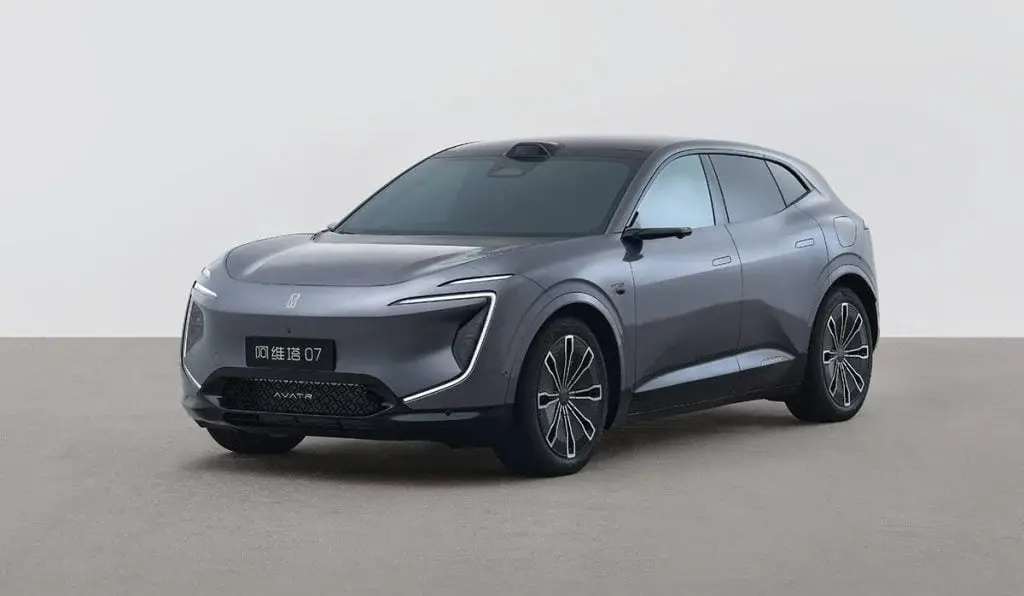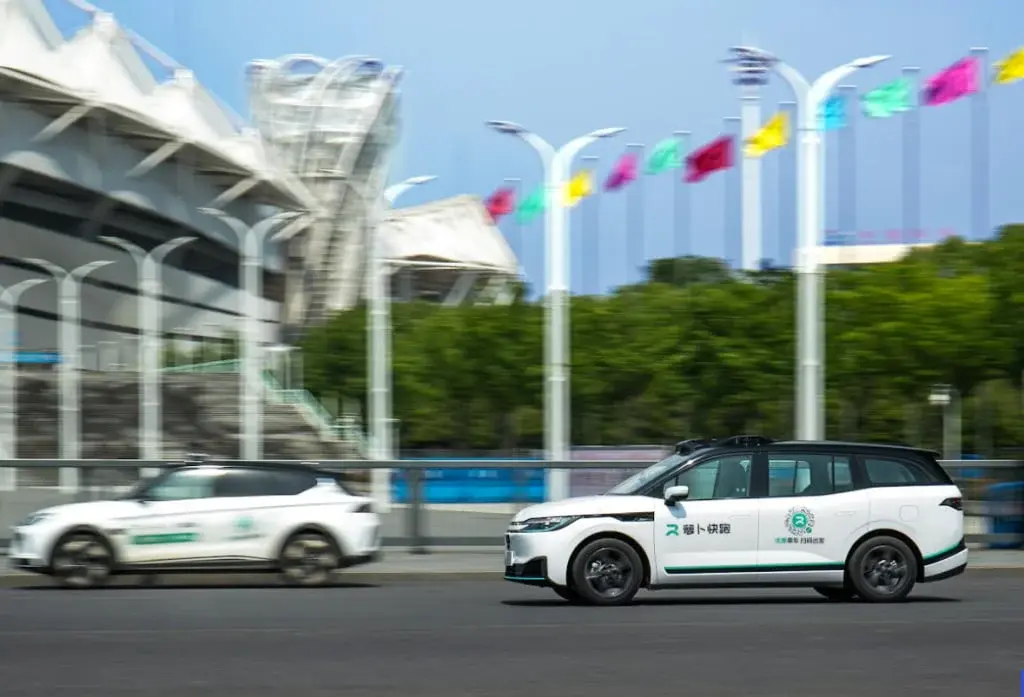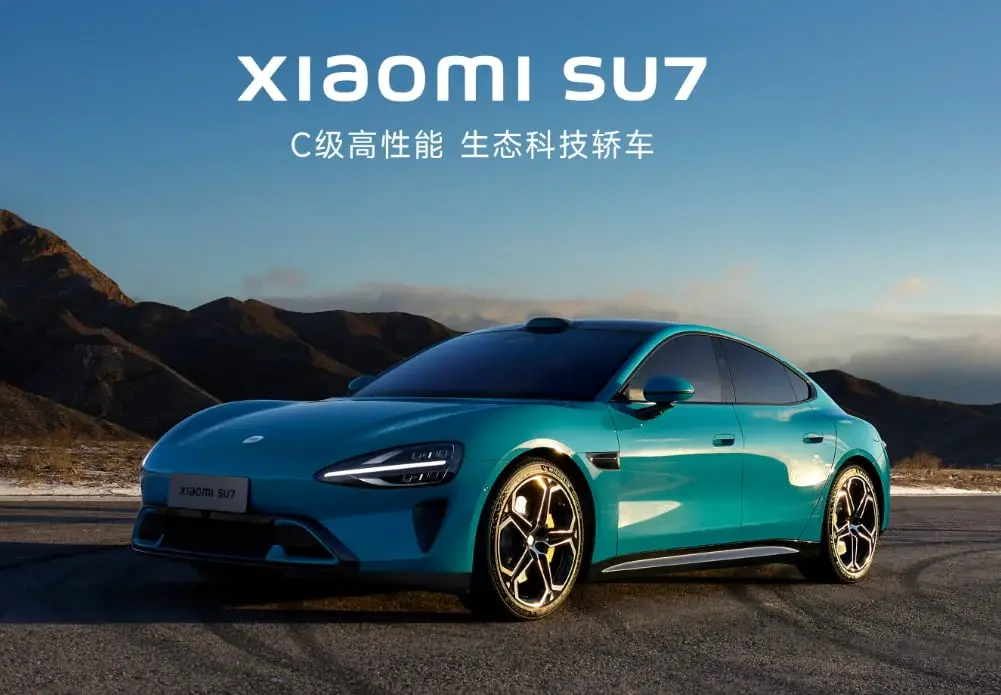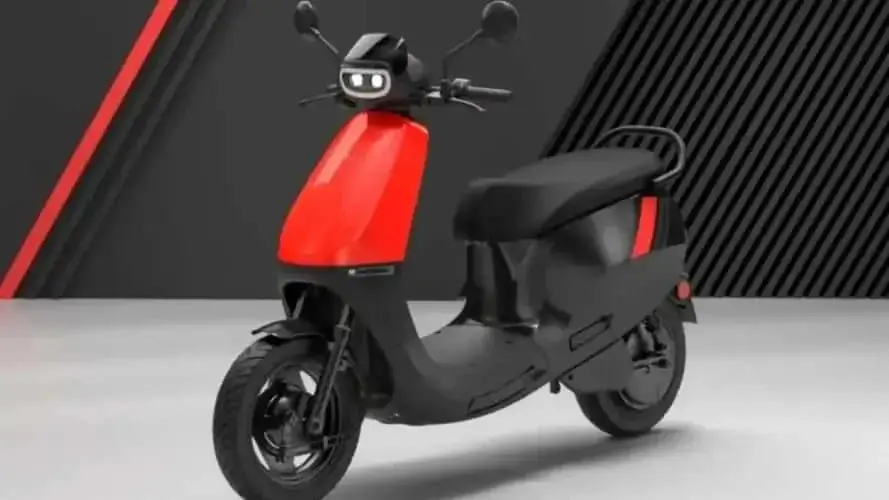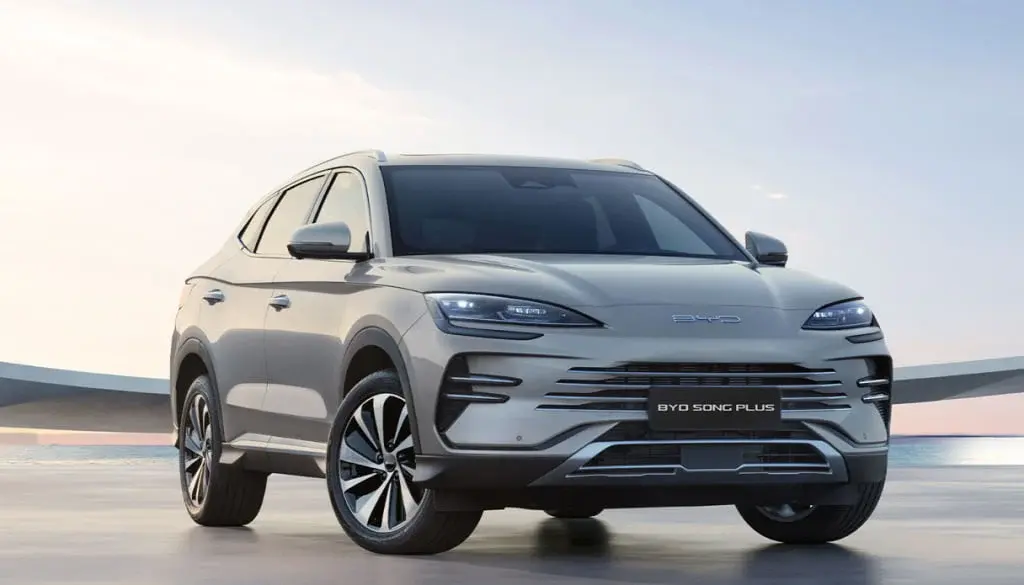Great Wall Motors (GWM) has made a major advancement in its solid-state battery and ultra-fast charging technologies. The Chinese automotive company has successfully created solid-state pouch cells, marking the final stage in the development of solid-state batteries. The next step involves scaling this model for commercial production on a large scale.
Solid-State Battery Advantages
Solid-state batteries differ from the current lithium-ion batteries by using a solid material instead of a liquid electrolyte. This results in significantly higher energy densities and faster charging times compared to lithium batteries.
Overheating poses a serious safety risk for electric vehicles (EVs), and solid-state batteries offer improved stability in this respect. They are less likely to overheat and catch fire, issues commonly associated with lithium-ion batteries. These batteries are expected to be more reliable across a wide temperature range, including cold weather conditions. GWM is also investigating various battery chemistries alongside its solid-state battery efforts.
Ultra-Fast Charging Developments
GWM is also making significant strides in accelerating charging speeds through its ultra-fast charging technology. The GWM 4C supercharging battery cell can add up to 311 miles (500 km) of range in just 10 minutes of charging. This innovation has significant positive implications for long-distance EV travel, virtually eliminating the time penalty.
GWM is also working on a 6C cell that will further reduce charging times. It is anticipated that GWM's solid-state battery and ultra-fast charging products will be released soon. These technologies could debut on the Tank 800 SUV by the end of 2024. Additionally, the GWM Lightning Cat sedan will be updated later this year and may feature the latest GWM battery technology.


